
Trusted Smart Car Safety Tech
Discover reliable smart car safety features trusted by real drivers. 🚗 Learn how cutting-edge tech guarantees road security & peace of mind. 🔐 Read the full breakdown →
WD F.I.T. Lab certification boosts drive data security and reliability by validating firmware, endurance and interoperability. Learn what tests mean for NAS, backups and enterprise trust. 🔐⚙️

We’ve all felt that cold dread… that split second when your PC freezes during a crucial game save or right before you render a massive project. Is your data gone? Is hours of progress lost forever? In a world of lightning-fast SSDs, speed often gets the spotlight, but true peace of mind comes from reliability. That's where rigorous testing like the WD F.I.T. Lab certification comes in, providing a seal of approval for data security and reliability.
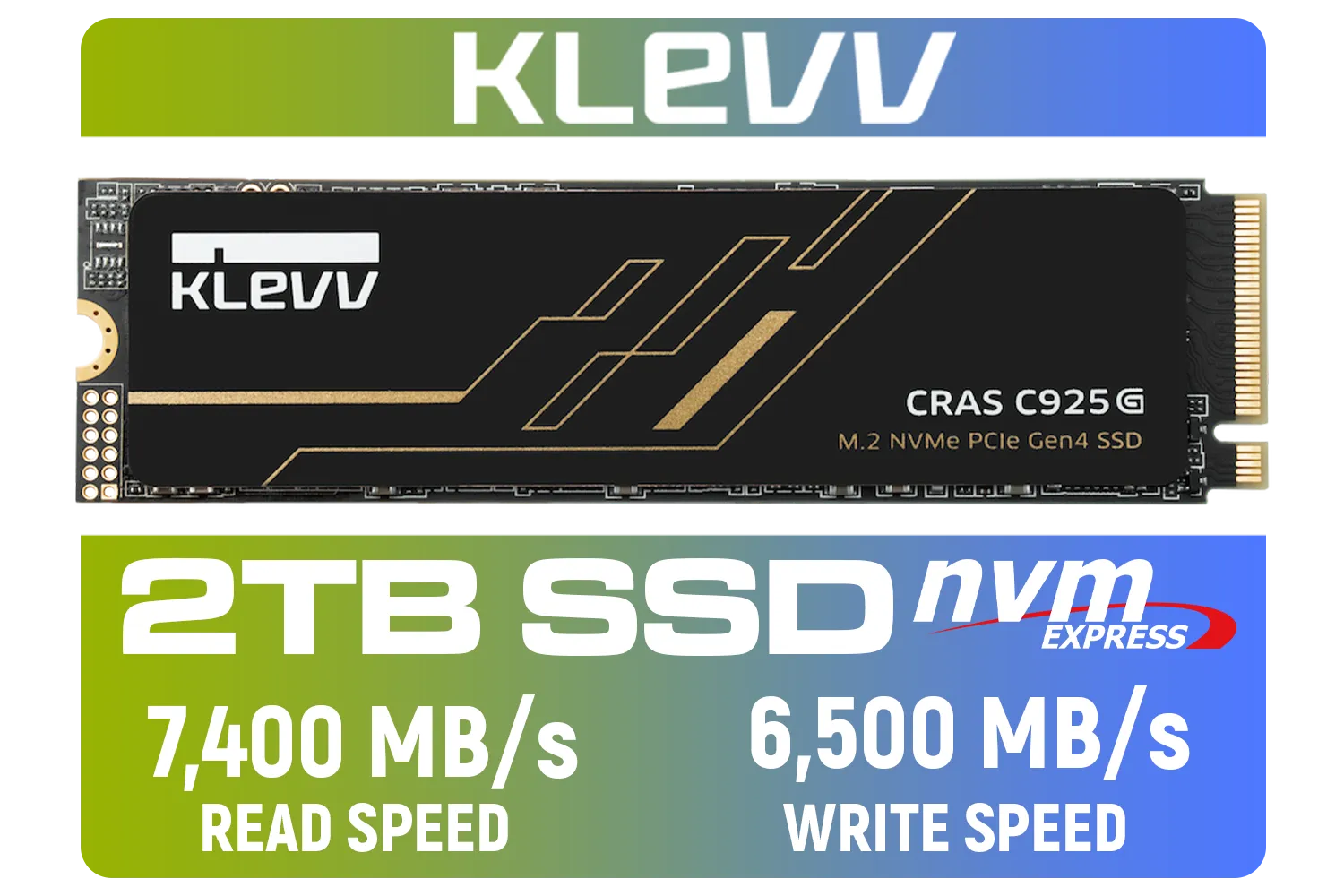
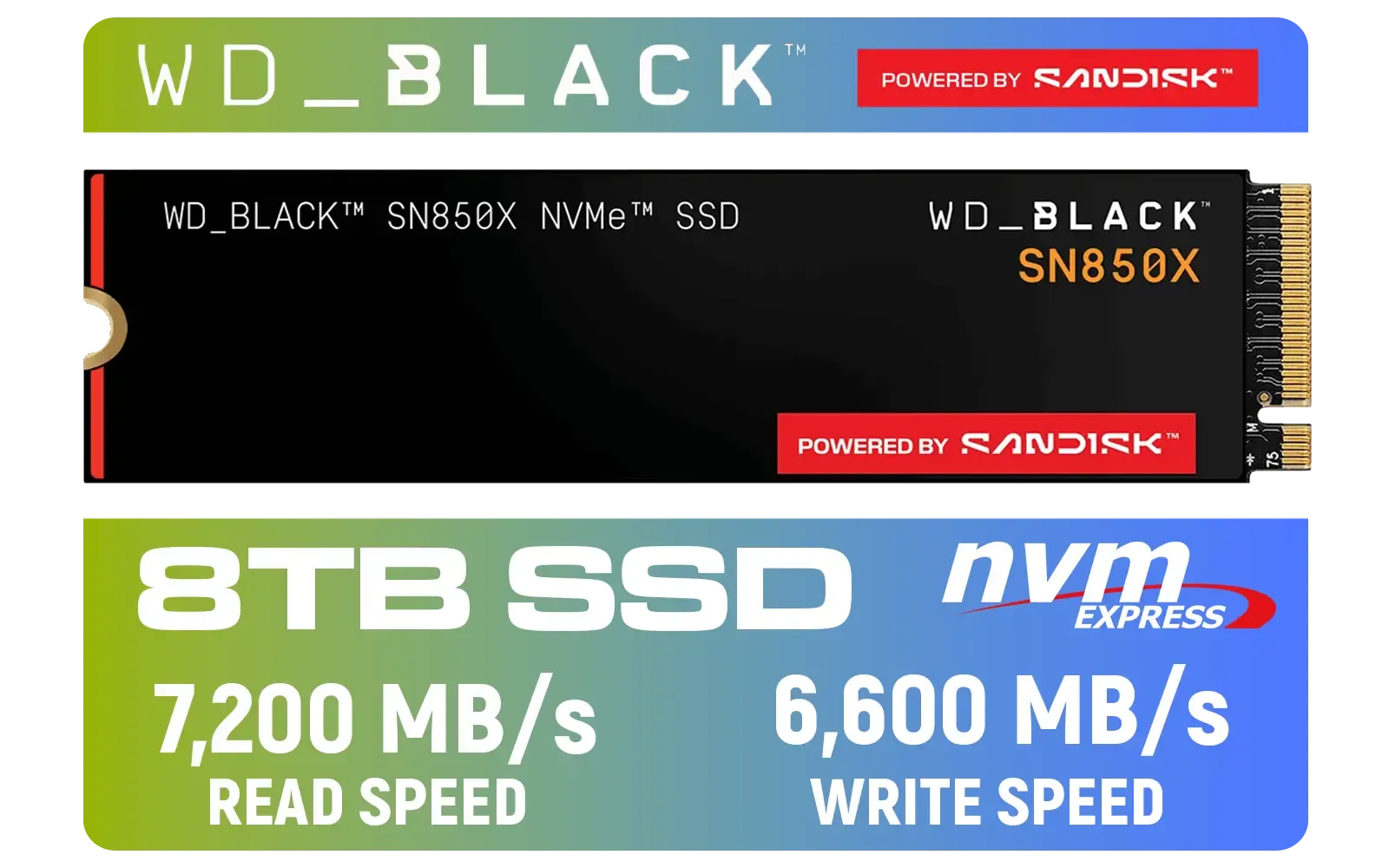

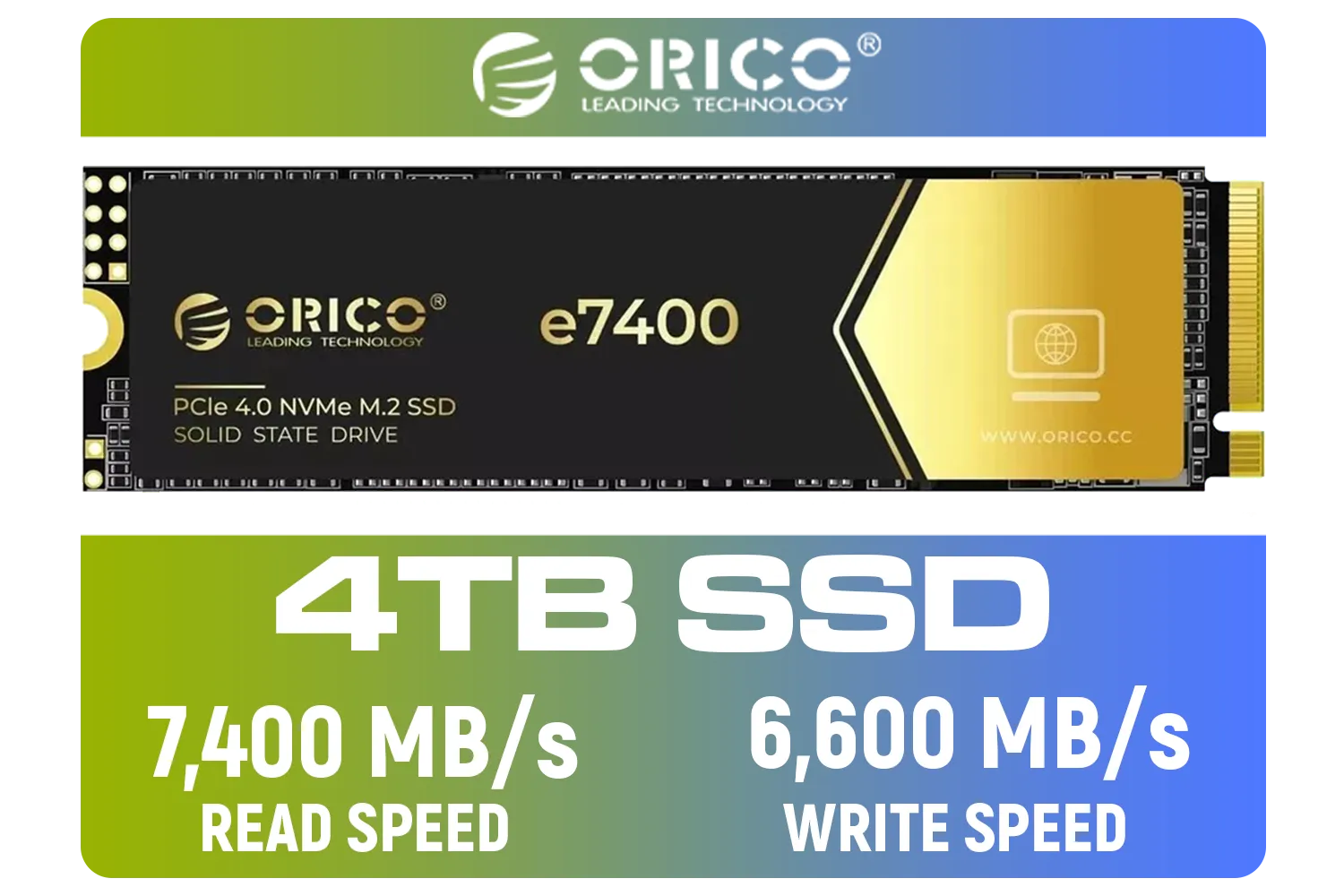
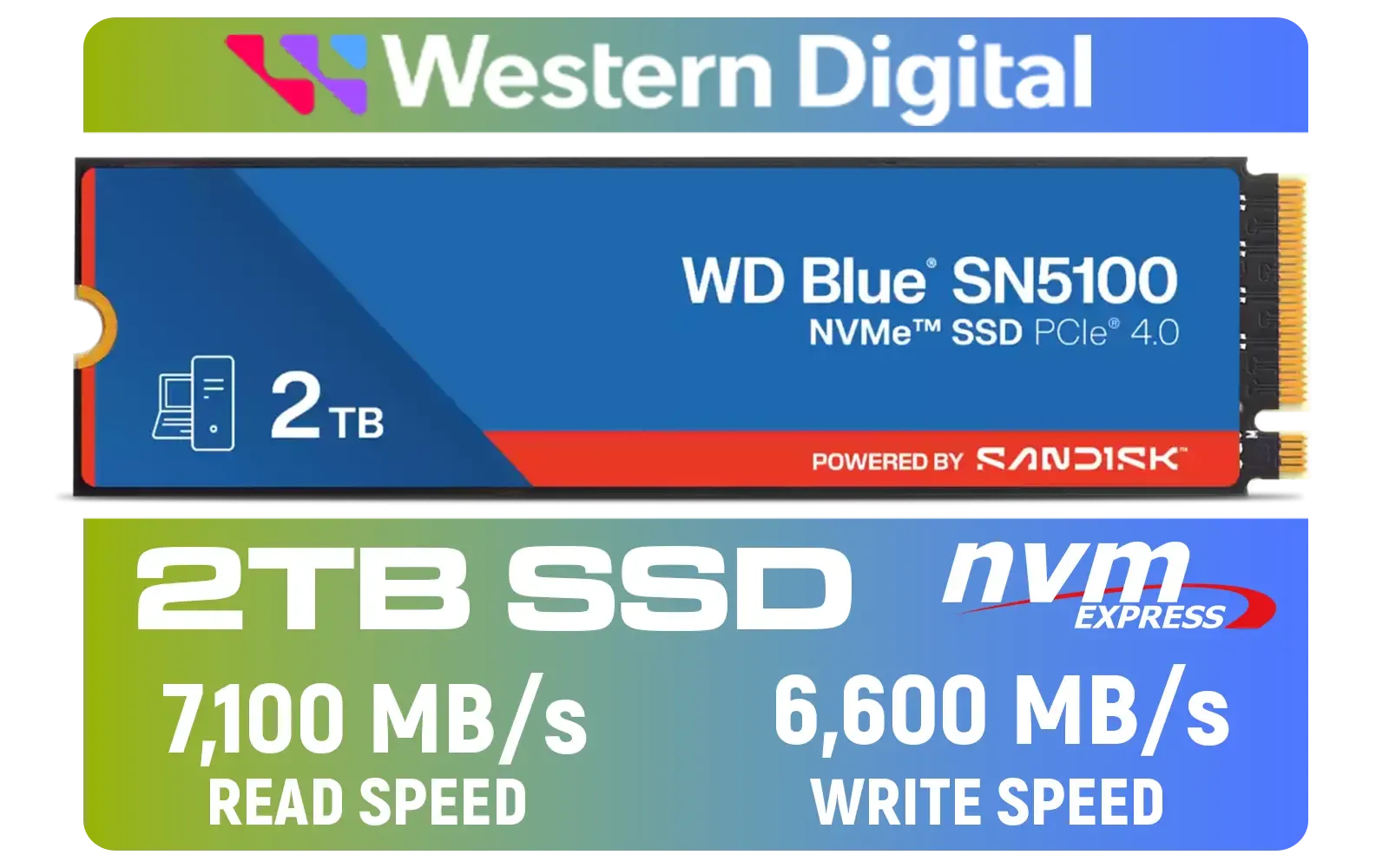
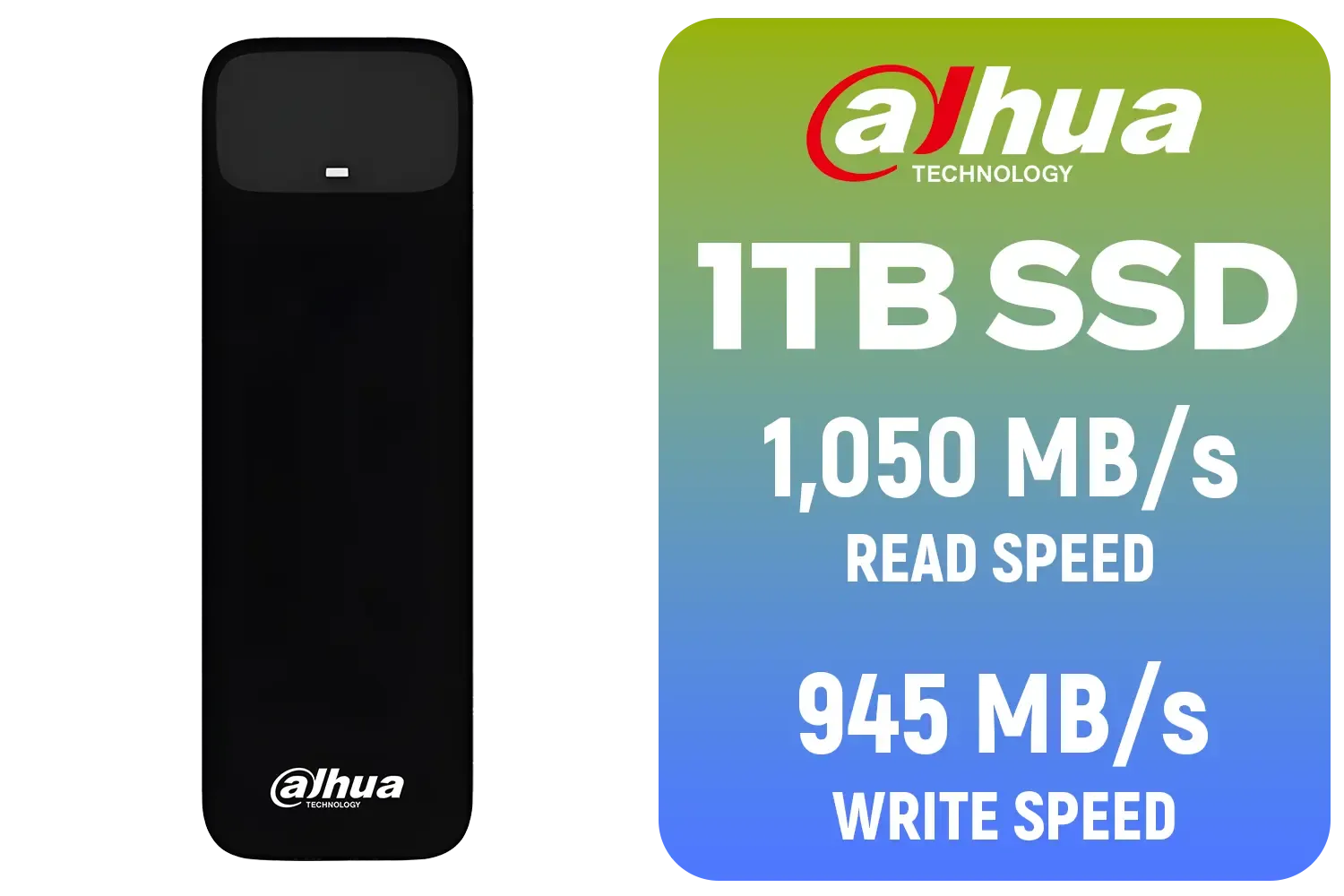
Think of it as a boot camp for storage drives. F.I.T. stands for Functional Integrity Testing, and it's Western Digital's exhaustive process for ensuring their drives work flawlessly with a massive range of computers. Before a drive earns its WD F.I.T. Lab certification, it undergoes thousands of hours of testing across hundreds of different motherboards, PC builds, and enclosures. ⚙️
This isn't just about checking if the drive turns on. It's a deep, technical validation that covers:
This process ensures that when you install a certified drive, it just works, saving you the headache of compatibility issues that can plague a new build. It's a crucial step for anyone browsing the wide world of modern solid-state drives.
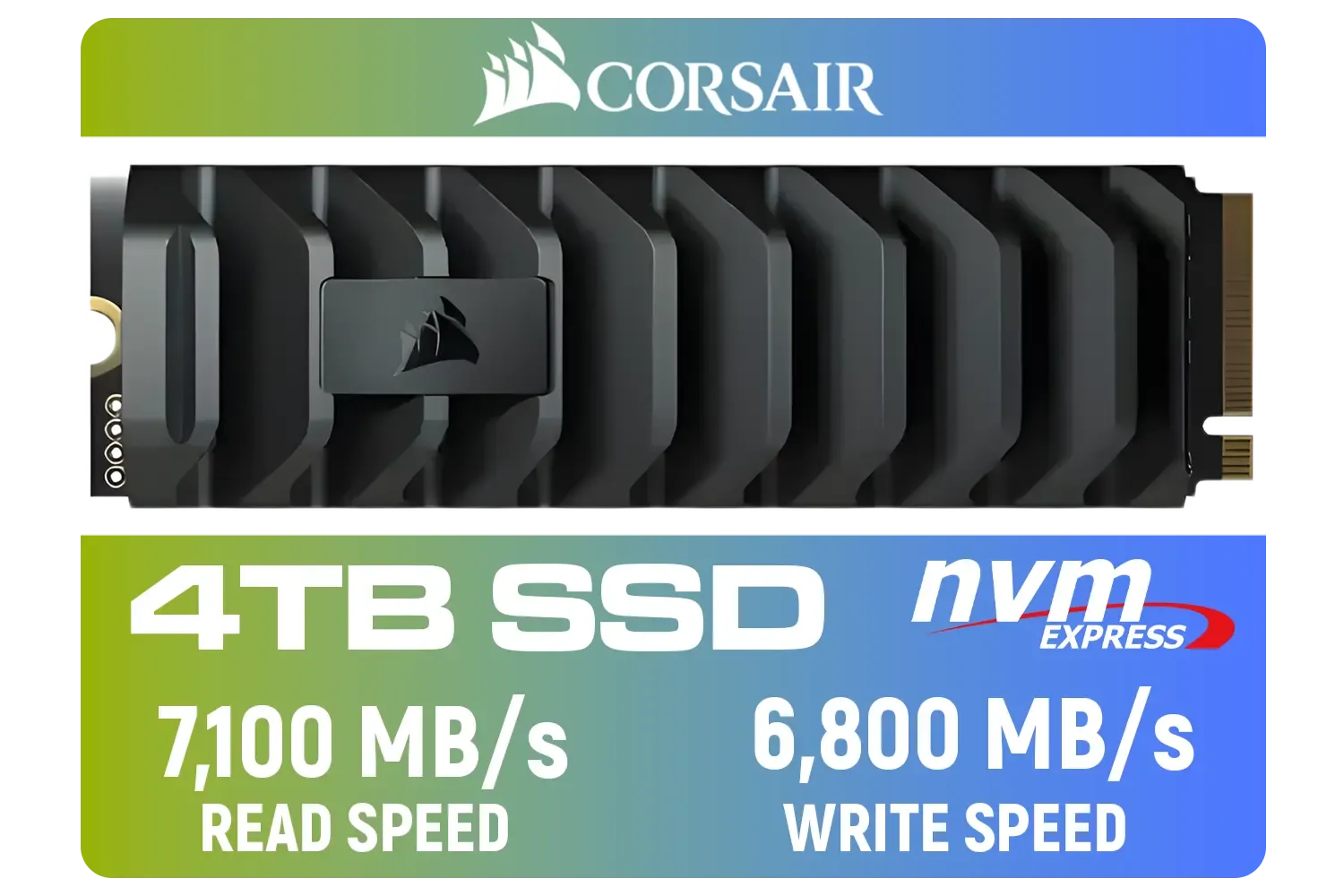



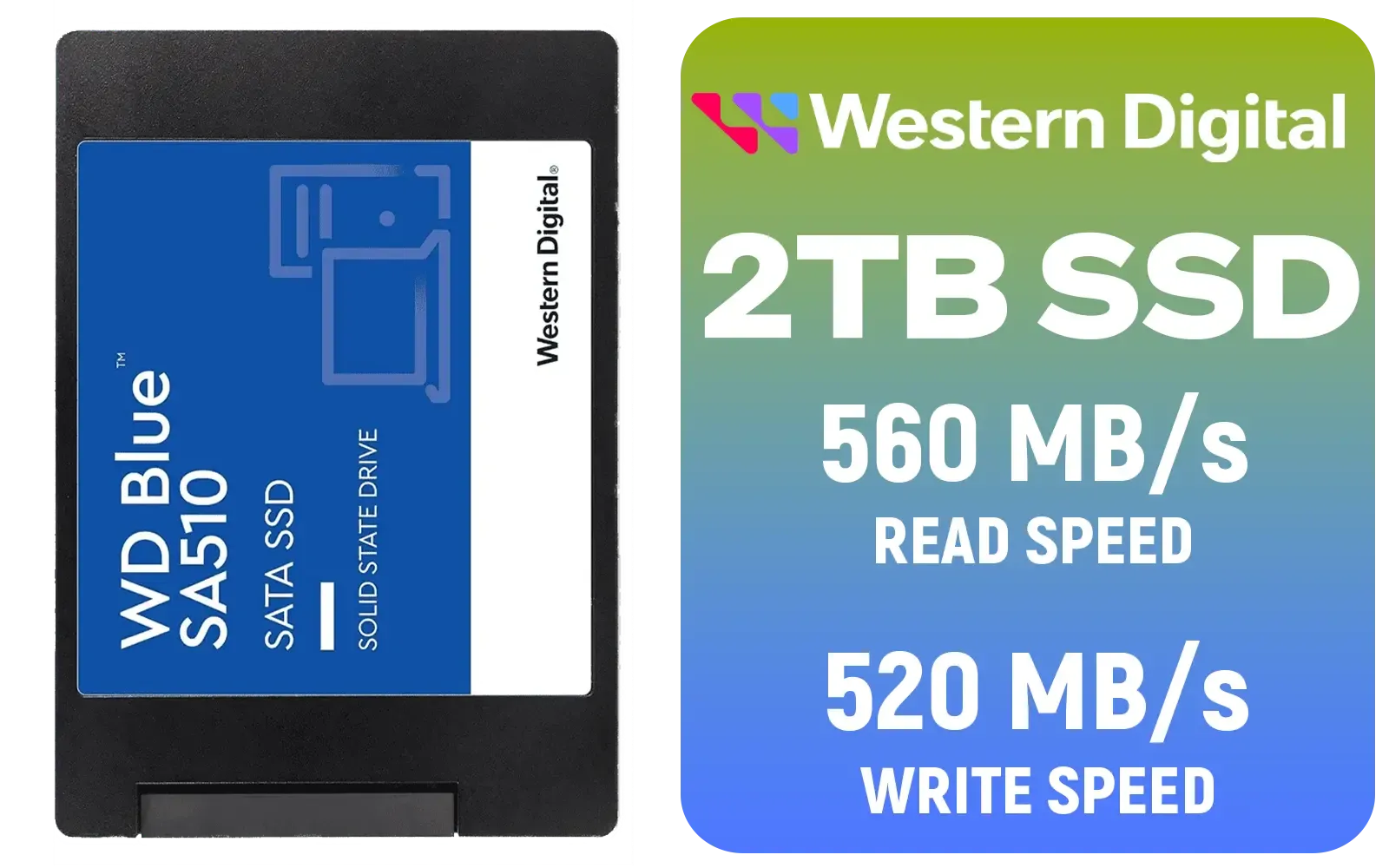
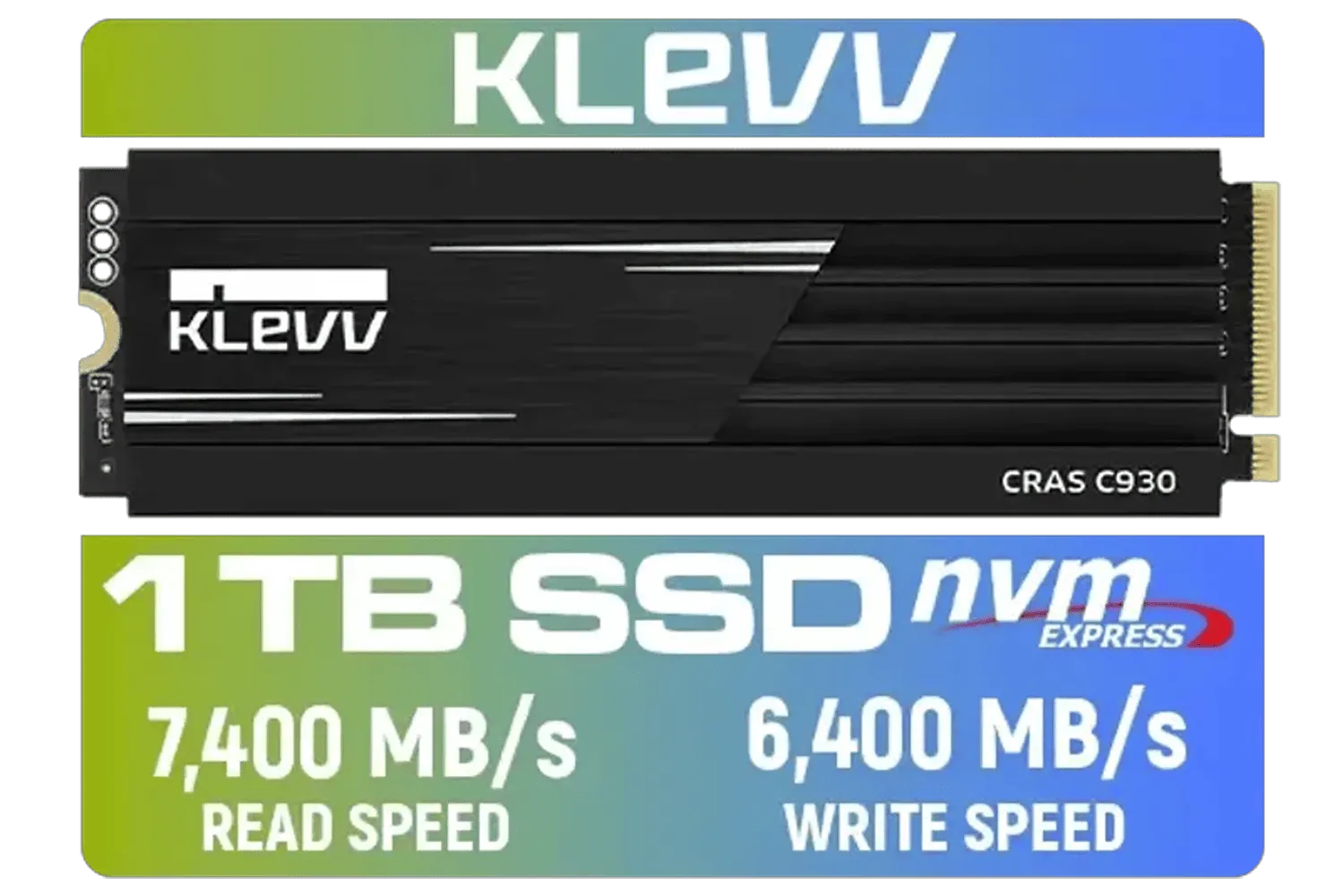
So, a drive passes a bunch of tests. What does that actually mean for your gaming sessions or workflow in South Africa? It means everything. A drive that has been rigorously tested is fundamentally more trustworthy. The data security and reliability promised by certifications like this aren't just marketing fluff; they are the result of deliberate engineering and validation.
Imagine you're relying on your PC for work. A drive failure could mean lost client files and missed deadlines. For gamers, it's the corruption of a 100-hour RPG save file. This certification process is designed to minimise those risks by stressing the drive in ways that mimic years of intense, real-world use. This is especially important for the sleek, powerful M.2 2280 SSDs that fit into today's compact and high-performance builds.
You don't have to guess about your drive's health. Download a free tool like CrystalDiskInfo. It reads the S.M.A.R.T. (Self-Monitoring, Analysis, and Reporting Technology) data from your SSD or HDD, giving you a clear overview of its temperature, health status, and total writes. It’s a great way to spot potential issues before they become critical failures.
While the WD F.I.T. Lab certification is an excellent benchmark from a specific manufacturer, the core principle—a deep commitment to quality assurance—is what truly matters. Top-tier brands across the industry understand that their reputation is built on reliability.
Companies like Kingston, for example, are renowned for their own extensive testing and validation processes that ensure their products meet high standards for endurance and compatibility. Similarly, brands like ADATA invest heavily in quality control to deliver storage that gamers and professionals can depend on. When you choose a drive from a reputable manufacturer, you're not just buying specs; you're investing in the peace of mind that comes from their commitment to testing. ✨




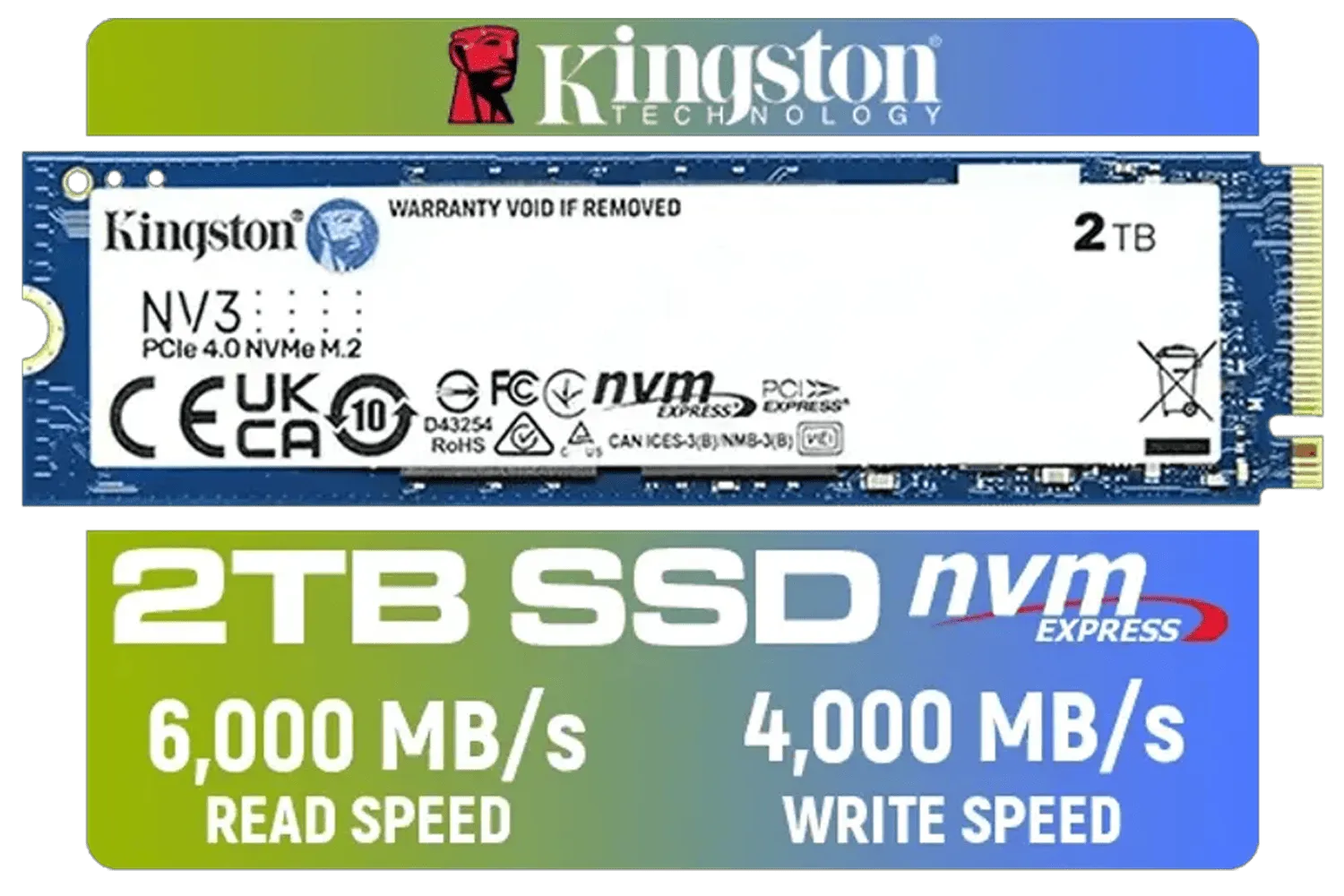
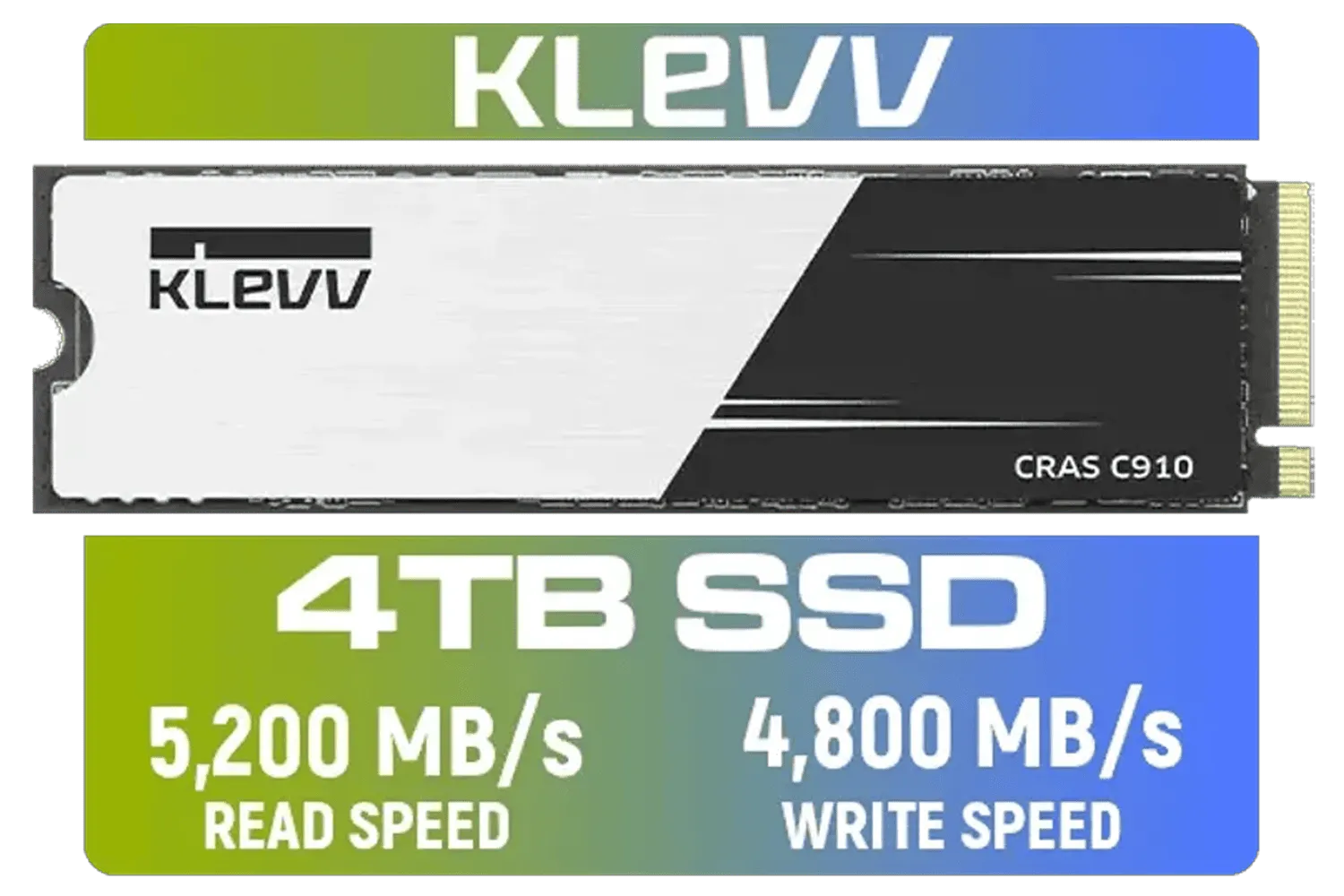
As technology barrels forward, the need for this level of validation only grows. The blistering speeds of new storage interfaces demand more from every component in the chain. The latest Gen 5 NVMe SSDs, for instance, push the boundaries of performance, making rigorous testing essential to guarantee they can sustain those speeds without overheating or compromising data integrity.
Whether it's for next-gen gaming with Microsoft's DirectStorage API or for handling 8K video timelines, choosing a drive backed by a solid testing methodology ensures your storage won't be the bottleneck… or the point of failure. 🚀
Ready to Upgrade Your Storage with Confidence? Don't let a slow or unreliable drive hold you back. Investing in quality-tested storage is one of the best upgrades you can make for your PC. Explore our massive range of SSDs and find the perfect drive to secure your data and supercharge your system.
WD F.I.T. Lab certification verifies drives via endurance, firmware and interoperability tests to improve data security and drive reliability. wd fit lab testing process
Certification enforces firmware validation and failure-mode testing, reducing risk of data loss and strengthening drive-level data security. wd f.i.t. lab security standards
Yes. Endurance and stress tests confirm read/write stability and lifecycle performance, boosting long-term drive reliability. wd f.i.t. lab data reliability testing
Certified drives show proven interoperability and sustained workloads, making them a safer choice for NAS, RAID and backup systems. wd fit lab for NAS drives
Tests include firmware validation, endurance cycles, error recovery, and host interoperability checks to ensure consistent behavior. wd fit lab firmware validation
No test eliminates all risk, but certification lowers failure probability by validating design and firmware under real-world stress. wd fit lab certification benefits
Use certification as part of procurement: prioritize certified drives for mission-critical storage, and combine with backups and monitoring. western digital fit lab certification explained